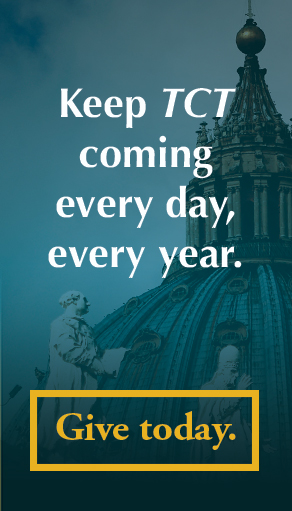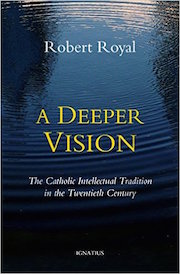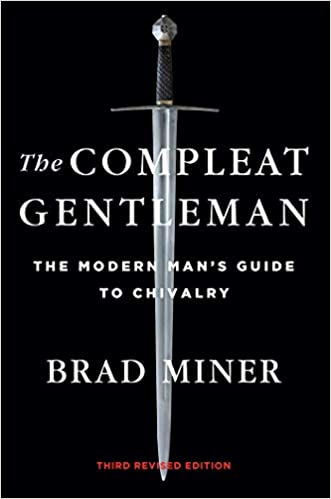“A good chaplain is as valuable as a good general.”
– British field marshal Sir Douglas Haig, 1915
Growing up in Worthington, Ohio, Memorial Day was always accompanied – as where was it not – by a parade down High Street that included veterans, our high school band, some active-duty servicemen, and lots of spectators.
There were many WWII-era soldiers, Marines, and sailors in our town, and a few veterans of World War I too.
My memories are vivid of flags on veteran graves at Walnut Grove Cemetery and of band members in their full, fall uniforms, especially one 80+-degree day, on which occasion a clarinet player collapsed from heat exhaustion after the mile-long parade.
That cemetery is always the parade’s terminus (1300 veterans are buried there). A trumpeter always steps forward to play “Taps.”
These days the band members wear shorts and t-shirts, and the procession is followed by medical personnel – and plenty of water.
A diminishing number of WWII vets remain among us, but the last American veteran of WWI, Frank Buckles, died on February 27, 2011 – at the tender age of 110.
And it’s CPL Buckles’ war, the Great War, I want to discuss today, in thoughts prompted by a remarkable exhibit at the National WWI Museum and Memorial in Kansas City, Missouri.
Sacred Service, which opened this past Thursday, presents stories about (and artifacts from) chaplains who ministered to soldiers between 1914 and 1918. All images herein are from the exhibit.
The “war to end all wars” was horribly bloody and led to the deaths of “an estimated 9 million soldiers . . . and 23 million wounded, plus up to 8 million civilian deaths from numerous causes.” There were 37,000,000 casualties in all. And the war was followed by the 1918–1919 influenza pandemic that killed as many as 50,000,000 worldwide. One easily grasps why Gertrude Stein (with an assist from Ernest Hemingway) described the post-war cohort as the “Lost Generation.”
The Second World War would dwarf those awful statistics, but that’s another story for another Memorial Day.
Unlike WWII, WWI was not a war of ideology. It was more clearly an internecine conflict in which the fighting was partly among consanguineous ruling families and formerly (mostly) friendly allies.

Kaiser Wilhelm II of Germany, King George V of England, and Tsar Nicholas II of Russia were cousins – Wilhelm and George were first cousins. George and Nicholas were also first cousins, and Wilhelm and Nicholas were third cousins. This had a great deal to do with Queen Victoria’s nine offspring, all of whom married into royal and noble families. It was the Queen’s (failed) plan for European peace.
These were all Christian leaders from nations (and although not directly consanguineous, this also applied to France, Italy, and most other combatant countries) whose day-to-day social, political, and economic traditions were more alike than different.
Still, the Great War was seen as a kind of holy crusade. Sacred Service notes that “animated feelings of national pride and religious fervor to nations at the brink of war. The ‘Spirit of 1914’ descended on European cities, towns and churches.”
It was madness, as are all wars, even if the casus belli are justified. I don’t intend to engage that further, and, in any case, whatever may result from a war – whether peace or simply the next war – the courage of the combatants should be a lasting legacy and inspiration.

The image above of the charm worn by chaplains bears the inscription: “A.E.F. COMRADES IN SERVICE ’17 ‘18 NEH. 4:18.” The citation from Nehemiah is, “And each of the builders had his sword girded at his side while he built. The man who sounded the trumpet was beside me.” The initial letters stand for Allied Expeditionary Force.
When Rev. John J. Allan, who served in both world wars and would become the Salvation Army’s Chief of Staff in 1946, was reassigned to the General Headquarters Chaplain Office, he recommended Rabbi Elkan Voorsanger as his replacement as senior chaplain of the 77th Division.
One of the more touching statements in the exhibition is this from Rabbi Voorsanger;
I am entering this war to register my protest against the war. I can do that in no better way than to go to the front to alleviate the suffering of those who know not why they go.
The Rabbi would receive a Purple Heart and the French Croix de Guerre.

The word chaplain has an interesting etymology. It comes from the Latin capellani, a term for clerics who carried the cape of Martin of Tours into battle. St. Martin was the 4th-century former soldier and later bishop who, on one wintry day, took a sword and cut in half his tunic, which he used to clothe a naked beggar.
In the research for a book on chivalry and gentlemanliness, I came to the (debatable) conclusion that the so-called “death of chivalry” was a result of WWI. Well, those ideals will never die, but their allure was much diminished after 1918. As – for too many – has been admiration for the profession of arms.
But none of that, as I’m sure Rev. Allan and Rabbi Voorsanger would agree, has anything to do (or should) with our veneration of valor.
In an email to me, Patricia Cecil, the museum’s curator of Sacred Service, writes that “a companion digital exhibit featuring 3D scans of 11 objects . . . will debut on our website in August or September. It will be free and accessible to anyone in the world with a computer or smartphone and an internet connection.” I look forward to that.
And if you are in the Kansas City area, don’t miss the museum and this exhibit. I can’t think of a better way to celebrate Memorial Day. Let’s not let the Lost Generation be lost to memory.


















